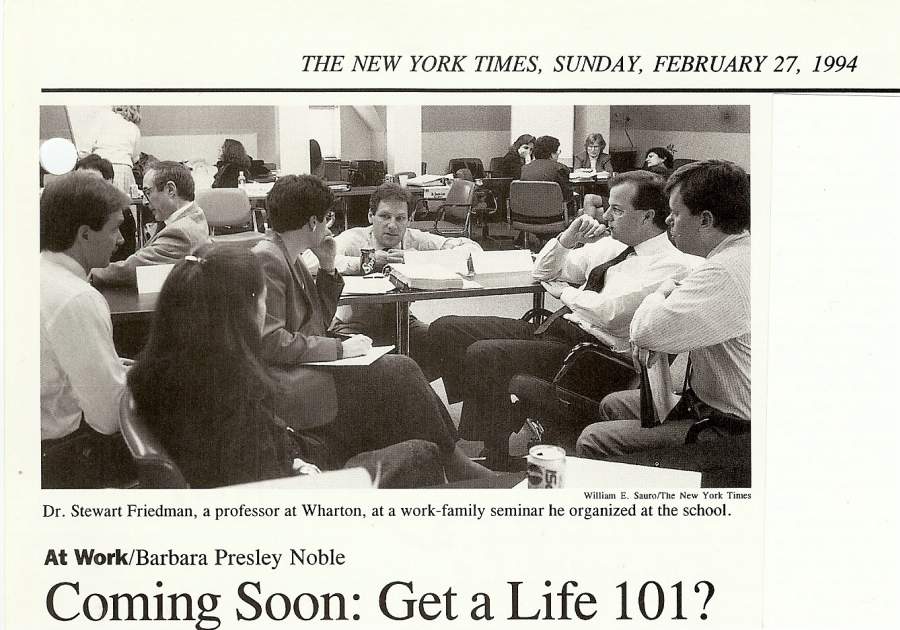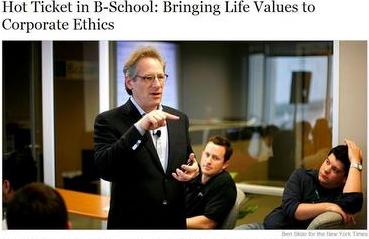Background
"In a world of work-life trade-offs, Stew Friedman offers what most think impossible: a field-tested program that gives you not only what you want in business, but also what you want in life. Brilliant!"
– Tim Ferriss, author, The 4-Hour Workweek
I'm Stew Friedman and I'm glad you're here. Let me describe how this program came to life. By the mid-1980s, my professional life was humming. I had finished my doctoral work in organizational psychology, begun research on leadership development, and landed my dream job at The Wharton School. In 1987, on a beautiful autumn morning, our first child, Gabriel, arrived. I stood transfixed, holding this practically perfect being for the first time, and I wondered: What must I now do to make our world a safe and nurturing one for him?
I couldn't get this thought out of my head. A week later, I arrived back in my Wharton MBA class on organizational behavior and set aside the topic I'd prepared. Instead, I told the story of what had just happened to me. “What responsibility do you have,” I asked, “for creating work environments that help to cultivate the next generation? What will you do, as a business professional, to weave the strands of work, family, community, and self into the fabric of your own life?”
That moment changed my career. By giving voice to my feelings about what was important in my own life, and connecting them to the interests of others, I began a new journey. I saw how my professional role was enhanced by who I was in other aspects of my life, and I refocused my research to reflect the importance of bringing the whole person to work.
At the time, as the first director of the Wharton Leadership Program, I was trying to create a new model of business education for Wharton, one that encouraged students to question their assumptions about career success. We explored the intersection of career and life interests, using data we were generating through the Wharton Work/Life Integration Project, an initiative that gathered information from thousands of students and alumni.
In 1999, I left academia to test my ideas in a corporate setting. The new CEO at Ford Motor Company wanted to connect leadership development with the need to help employees find better ways of integrating work with the rest of life. Our programs were dedicated to learning leadership by doing it, and we had to ensure that each of our participants produced value for the company while growing as leaders. We wanted them to think creatively about enhancing the company’s value to consumers, but we also wanted participants to see themselves in a new light; as reinvented, more confident leaders.
Total Leadership became my shorthand for a new way to think about leadership, from the point of view of the whole person. We created something new: a program that starts and ends with the person – not the business person, but the whole person. Since returning to Wharton in 2001, I’ve refined this program while offering it in a variety of settings around the world. The point of Total Leadership is to create what I now call “four-way wins”-- better results at work, at home, in the community, and for your self.

